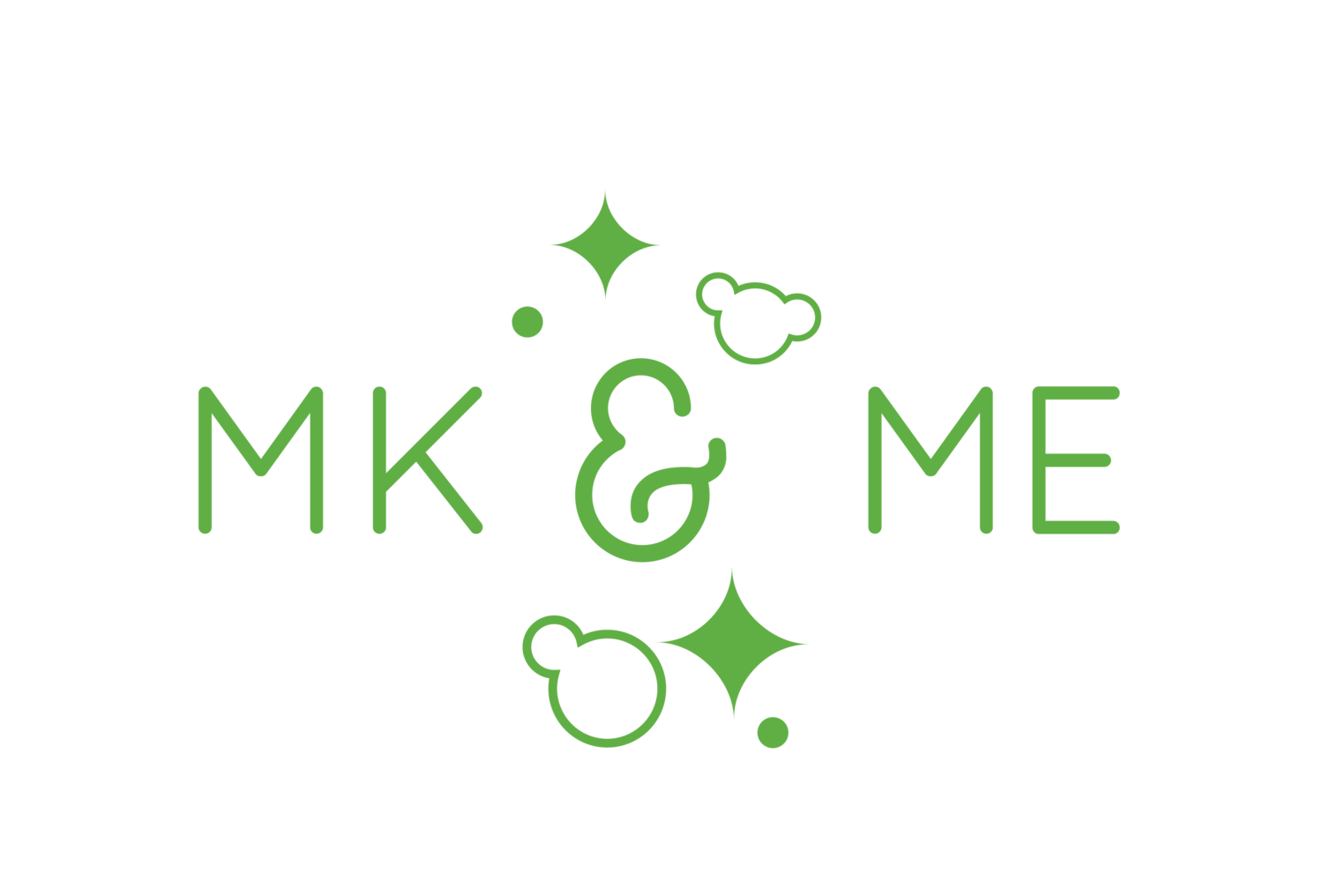THE DIRTIEST SPOTS IN YOUR KITCHEN
The dirtiest spots in your kitchen are the ones you least expect!
Did you know your number one enemies are located in your fridge? That’s right, you have read this correctly! The same place where you store your fresh produce, sometimes even without wrapping it, can be filled with bacteria. The cool, dark and humid space in the fridge is the perfect environment where mold might be lurking.
This may sound like a no-brainer, but it is extremely important to throw away any expired product. Seriously, even that ketchup in the fridge door! Chances are, you no longer remember when you bought it, that is a major red flag and a sign that it should not be in your fridge anymore.
To make sure you are killing all the germs, you should do a deep cleaning of the appliance at least once per month. This means that once per month you remove all the shelves and drawers, cleaning everything with water and detergent. Also, very important, and a step many people forget, is to make sure everything is completely dry before storing food in the now clean fridge.
Between the deep cleanings, you should pay special attention to the fruits and vegetables drawers. Most produce will keep fresh longer if they are not washed before storing them, which means they end up in our fridge together with the bacteria they may be covered in. Of course you wash the produce before cooking, but all their little friends, the germs and bacteria will stay in the drawers. Same thing happens if you think of the meat, and the juices that leak from it or the packaged goods, that before landing in your fridge have been stored in many other places. A quick and easy tip to keep your fridge bacteria-free, is to disinfect it with an antibacterial wipe.
The counter space. Of course, we know that’s the area you most often clean and that is with good reason, considering that pretty much everything that arrives in your kitchen, is placed on it. Think shopping bags, lunch box, your purse, the keys, etc. Where were all of these before landing on your counter? It almost makes you reconsider your habits, right? Don’t worry, you won’t have to! You do have to make a habit though, of disinfecting the counter space on a daily basis, and also before starting to prepare your meals.
The kitchen sink. Yes, that is right! The space you use to clean your dishes and your food, is the one that ends up being the dirtiest! You should disinfect the sink every evening, like this, you make it the least desirable for bacteria, and avoid the cross-contamination of your food. Still very much in line with this, and a place most people forget about are the drains. There’s not much science to cleaning it, simply use some bleach and hot water, or, as an environmental-friendly alternative, you could use a mix of vinegar and baking soda. Also, the upside to doing this on a weekly basis is that you will not need to call the plumber too often.
The door knobs, the handles of the pots and other kitchen utensils, the touch screen of appliances and the light switches. They all seem perfectly clean at first sight, right? They all, however, end up being touched just before we wash our hands or after we handle raw food, which means that they become the perfect environment for bacteria like Salmonella or E.coli. Amazing, right? To avoid any kind of illnesses for you and your family, these spots should be disinfected daily.
The sponges and kitchen towels. Who would have thought that, right? If you are anything like us, in your fight to reduce your environmental footprint, you have started using cellulose sponges, cleaning brushes, microfiber towels, and pretty much anything that could offer and extended use, rather than the disposable alternatives. Which makes sense! But you have to make sure you don’t endanger your health in the process. All of these items, normally stay humid, and are the perfect home for bacteria and other microorganisms. To avoid this, you should wash them with hot water and let them dry between uses. You could also set them on the top rack of the dishwasher. Given it reaches higher temperatures, it is better for disinfecting them. The best thing you can do is to have several of them and once in a while do a load in the washing machine, cleaning all of them.
We hope you have learned something new with this, and that our advices will help to improve your experience in the kitchen!



